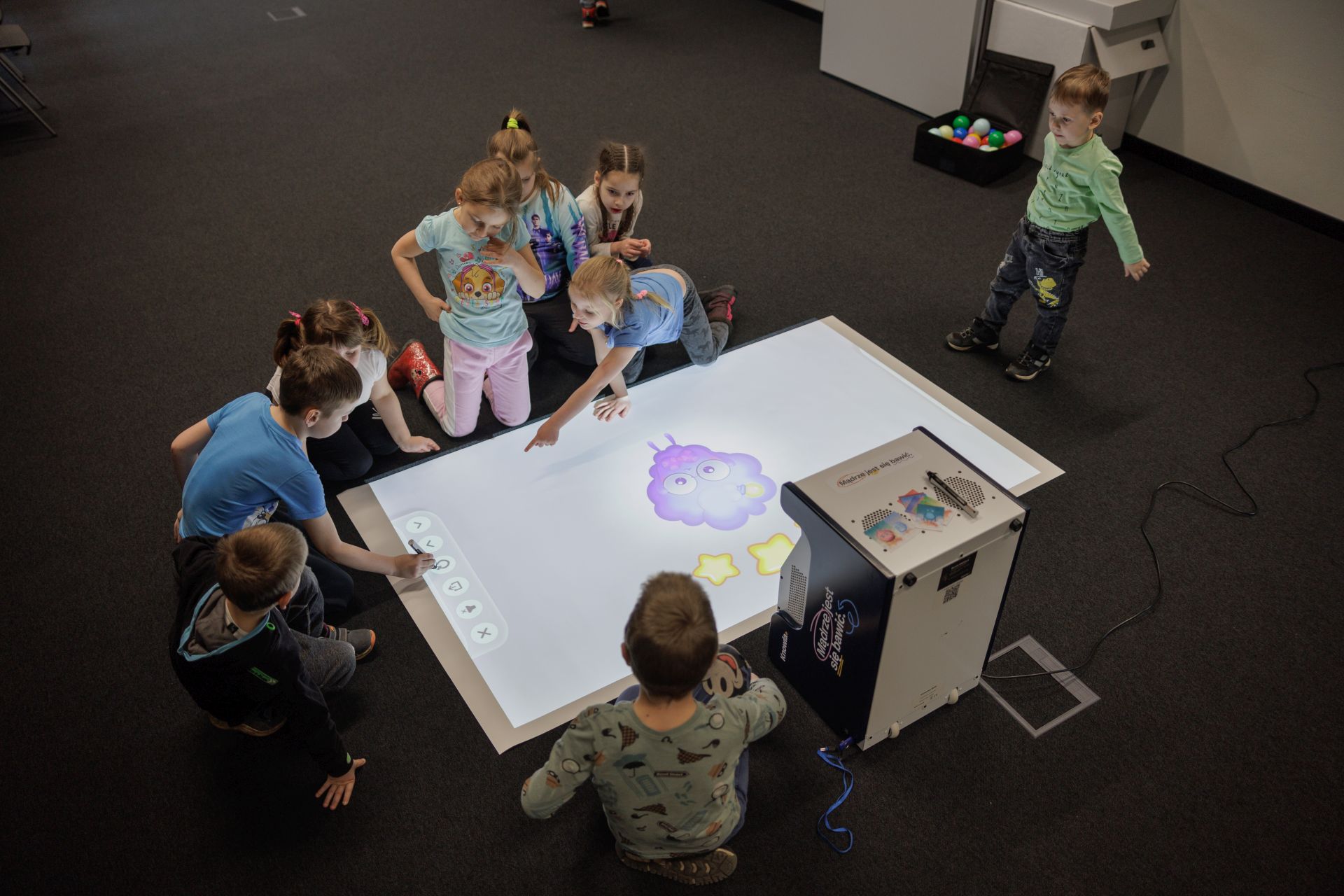I have noticed that in pop culture and even in various educational materials for children there is still a belief that the right and left hemispheres of the brain have differentiated functionality. The left side of our brain was to be the more logical, mathematical and linguistic, organized one, while the right side was to be responsible for all creative, creative, intuitive, emotional, chaotic actions. In fact, this is a myth, and the whole story is a bit more complicated.
Where did it come from?
Such statements did not come out of nowhere. They got their start from research and scientific reports. It was noted as early as the 19th century that when a person damages a certain area of the brain, at the same time certain abilities or personality traits that he or she previously possessed disappear or change. One such more famous case was the Phineas Gage accident. While working, a steel rod pierced vertically through his skull. The man survived, but after the accident he became much more impulsive and aggressive than before. Following this path, scientists began to divide the brain for different abilities more or less accurately.
Another argument in favor of dividing the brain into functional hemispheres turned out to be other studies that purported to show lateralization, i.e., a functional asymmetry in our body, whereby structure or function is more developed on one side of our body. Thus, we are dealing with any handedness, footedness, eye-handednessor the location of certain functional areas in a particular cerebral hemisphere. Attention here is particularly due to the findings of Broca and Wernicke. They noted that language aphasias (speech disorders) related to understanding the meaning of language and its production are usually located in the left temporal lobe, which we can easily associate with the linguistic dominance of the left hemisphere of the brain. However, this is an oversimplification.
What went wrong?
In the main, conclusions have been drawn too far. Of the linguistic, logical, mathematical, creative, emotional abilities, it is only the linguistic ability that we can say is usually dominant in one hemisphere. Rather, the others are processed globally by the brain. This is especially true when it comes to creativity, which, according to some studies, manifests itself in an increased number of interhemispheric nerve connections or more chaotic than efficient connections in both hemispheres.
One more thing has to be faced. It’s not that one hemisphere is better, more important, more efficient, etc. Lateralization of brain functions is a minority. Moving, seeing, hearing, feeling and most other functions are fairly evenly distributed interhemispherically. All other higher functions also use resources located in the different hemispheres, not to mention other organelles like the nuclei, thalamus, cerebellum, etc. The brain is a single, smoothly functioning whole.

Do you avoid anything that has “right and left hemisphere” in the description?
Don’t. Logical, mathematical puzzles train analytical skills. Language exercises develop grammar and speech comprehension. Ambidextrous, ambidextrous, binaural activities will strengthen the interhemispheric coordination of these areas. Artistic tasks stimulate creativity. So most of these different activities do what they are supposed to do by design and activate the operation of specific functions and connections in the brain, but this is often done without singling out a specific cerebral hemisphere, and is often done simply by using the entire organ.
The only thing to be wary of is precisely simplifications and conclusions that are too far-fetched, inter-hemispheric bias or even such a competition between scientists and artists. The appearance of your desks will not determine the kind of mind you have.
Sources:
- https://medicalxpress.com/news/2017-02-creative-people-better-connected-brains.html
- https://psycnet.apa.org/record/2022-45679-001
- https://www.apa.org/monitor/2013/11/right-brained
- https://journals.plos.org/plosone/article?id=10.1371/journal.pone.0071275
- https://pfp.ukw.edu.pl/archive/article-full/355/kroliczak_recznosc/
- https://www.smithsonianmag.com/history/phineas-gage-neurosciences-most-famous-patient-11390067/
- https://www.ncbi.nlm.nih.gov/pmc/articles/PMC8300231/


